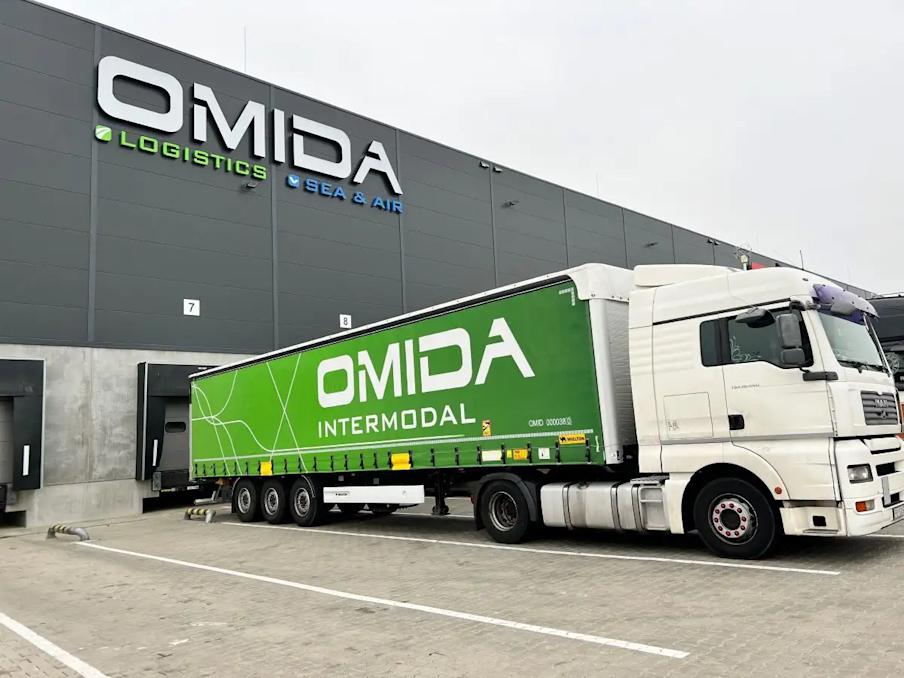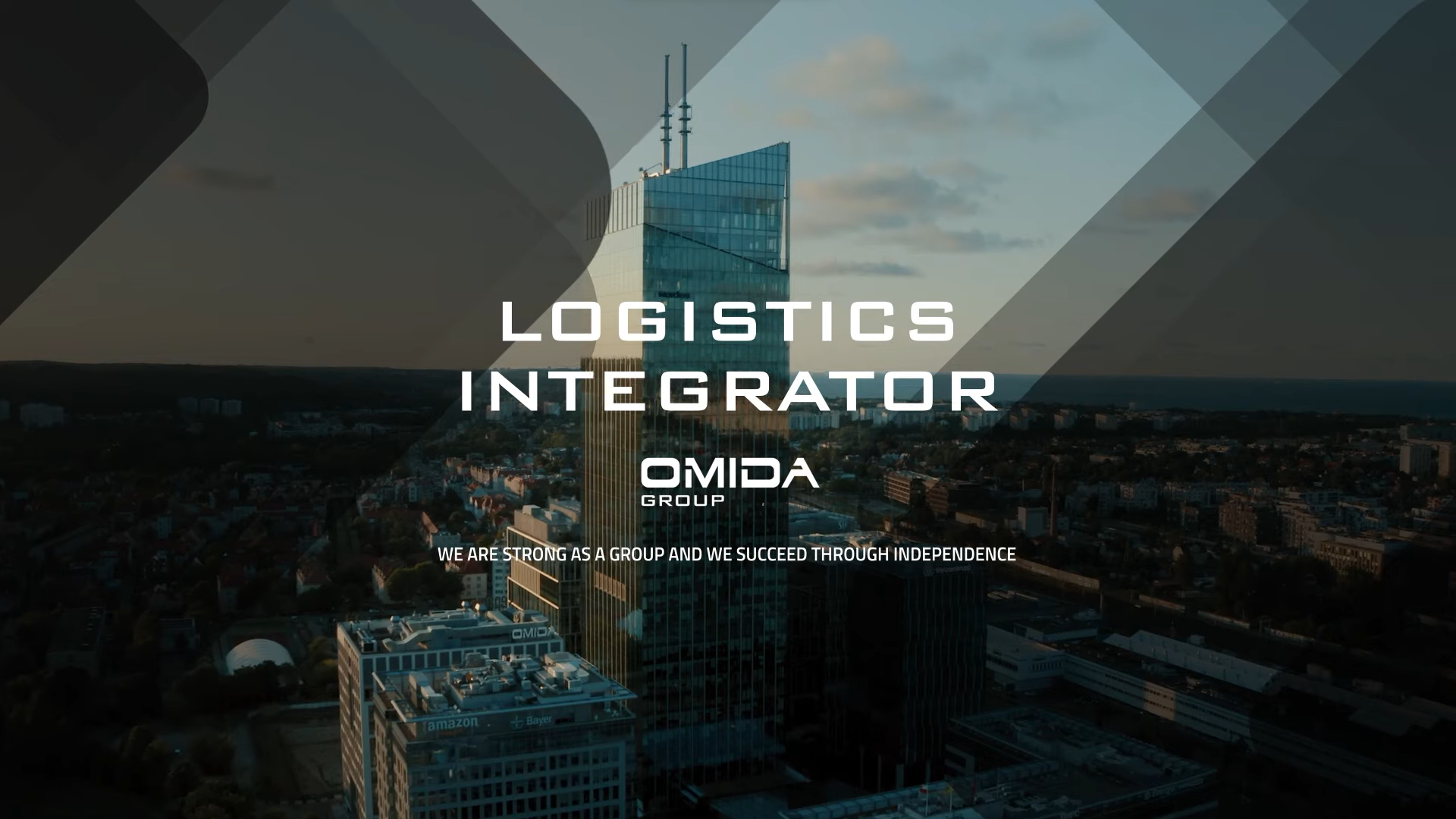It is a place where carriers, forwarders, manufacturers and traders can establish cooperation in the field of cargo transport. In this article, we will explain the definitions related to the functioning of the freight exchange, its advantages, and give examples of cargoes that can be offered to customers through the platform.
What is a freight exchange?
A freight exchange is an advanced digital marketplace that serves as a place to exchange services between logistics companies and carriers. It acts as an interactive platform where logistics providers can report the availability of free cargo space, and companies can post information about available cargo.
It has become an indispensable tool in a dynamic logistics environment, offering the ability to efficiently exchange information and execute transactions for both free cargo and cargo space. This innovative solution benefits transport companies, freight forwarders, as well as manufacturing entities, which are able to adjust and optimize their logistics operations on an ongoing basis.
As a result, the freight exchange enables industry participants to quickly and efficiently manage transport resources and cargo, matching demand and supply offers in real time, leading to optimized processes and increased operational efficiency in the supply chain.
How was the freight exchange created?
The freight exchange was established as a response to the growing needs of the transport market. Initially, transport transactions and arrangements were mainly handled by phone or email, which was time-consuming and inefficient. The development of information technology and the growing demand for transport services led to the development of the first online platforms for easier transport management.
1. Development of Technology: The development of the Internet and communications technology has enabled the creation of online platforms.
2. Need for Optimization: There is a growing demand for fast and efficient transport management.
3. Globalization: The increase in international trade has forced the search for new logistics solutions.
4. Market Integration: The need to unite the various players in the transport market in one place.
As a result of these changes, various freight exchange platforms began to offer their services to different markets, enabling companies to effectively manage transport and logistics in a modern and optimized way.
Functioning of the European freight exchange platform
The European freight exchange platform is an online system that allows the connection of offers and inquiries between different companies operating in the freight exchange industry across Europe. It operates on similar principles to global platforms, but focuses mainly on the European market, allowing it to better adapt to the specific needs and regulations of that market.
Functions of the European freight exchange platform:
- Connecting the market: Connects carriers, freight forwarders and manufacturing and trading companies operating in Europe.
- Publishing offers: Companies can publish transport offers and shipments, and users can browse available offers and establish cooperation.
- Negotiations and Contracts: Enables online negotiation of terms and conditions and conclusion of transport contracts.
- Regulatory Compatibility: Aligns with European regulations and standards, making it easier to do business in the EU.
- Multilingualism: Often supports multiple languages, making it easier for companies from different countries to communicate.
Benefits of Using:
- Adaptation to the needs of the European market: Focusing on Europe allows you to better understand and meet the needs of companies operating in that market.
- Time and cost savings: Efficiency in combining quotes with inquiries allows you to optimize costs and the time needed to organize transport.
- Security: Verification of users and alignment with European legal standards increases the security of transactions.
- Access to a wide market: Access to multiple transport offers and the ability to reach a wide range of potential partners.
Advantages of using a freight exchange
Currently, freight exchanges operate mainly in the online space, which not only simplifies transaction procedures, but also all processes related to the implementation of transport services. Thanks to such a solution, it is possible to match the right vehicle to the types of goods, as well as to find the cargo that best suits your means of transport. Already at the initial stage, carriers have the opportunity to use calculation tools to estimate the profitability of the selected route. Omida VLS offers professional transport pricing and high availability of services along with quick turnaround, as more than 150 people are waiting on the carrier's side to receive and handle orders.
Many freight exchange operators adopt an auction model. This format allows for negotiation of prices, which can lead to the identification of the most favorable transport offers. This is extremely attractive to shippers, who can thus acquire freight space in a way that is both economical and flexible.
The use of modern exchange platforms offers users the ability to quickly adapt to current market conditions and negotiate the best terms of deals, resulting in more efficient and flexible management of operations in the transport industry.
Technologies used on a freight exchange
Technologies play a key role in the operation of freight exchanges, enabling effective communication, information exchange, and management of transport processes. The following are the various technologies used in freight exchanges:
-
Online Platforms: Most freight exchanges operate as online platforms, allowing users to access services and information through a web browser or mobile applications.
-
Database Management Systems: Advanced DBMS systems enable the efficient storage, management, and processing of vast amounts of data related to bids, transactions, and users.
-
Artificial Intelligence and Data Analytics: ML and AI algorithms are used to analyze data and predict market trends, as well as to automate various processes, such as price negotiation and bid matching.
-
Blockchain: Blockchain technology can be used to ensure the transparency, security, and immutability of information and contracts made on the platform.
-
APIs and Integrations: APIs enable integration with other systems, such as fleet management systems, e-commerce platforms, and online payment systems, allowing for more integrated and efficient operations.
-
Real-Time Communication: Real-time communication technologies, such as online chats and video conferencing, enable instant contact between different market participants.
-
Mobility and Accessibility: Mobile applications and responsive web design allow users to access the platform from any device and location.
-
Rating and Review Systems: Rating systems and reviews from users help build trust and transparency on the platform, enabling participants to make better-informed decisions.
-
Process Automation: Various tools and technologies are used to automate processes such as invoicing, transport documentation, and shipment monitoring.
-
GPS and Tracking Technologies: Location-based technologies allow real-time tracking of shipments, which increases control and management of transport processes.
-
Security and Data Protection: Advanced security technologies protect user data and enterprise information from unauthorized access, loss and cyberattacks.
Each of these technologies makes a significant contribution to the operation of freight exchanges, enabling them to provide more advanced, efficient, and secure services to all freight market participants.
Examples of freight offers on a freight exchange
A variety of freight offers can be found on a freight exchange. These are used whether organizing intermodal transport, road transport or sea transport. Below are examples of the areas that Omida VLS has on offer: - FTL Transport - LTL transport - Rail Transport Ecological Transport
Omida VLS - the answer to the needs of Customers in the freight exchange
Omida VLS, with a view to maximizing the value delivered to customers, has created an elaborate operational process regarding and a broad brand sales offer has become a major differentiator among freight exchange customers. Thanks to such activities, Omida VLS can effectively reach freight exchange Customers and meet their needs in the TFL industry, while building a positive brand image of Omida VLS.
Omida VLS is part of OMIDA Group - a logistics integrator with global reach. Omida VLS complements the offer of the entire group with the important aspect of the availability of services in the TFL industry used in the transport of all types of cargo.
Summary
Freight exchanges are innovative online platforms that provide a central place for the exchange of services between logistics companies and carriers. They enable efficient exchange of information and execution of transactions for free cargo and cargo space, offering a wide range of choices and flexibility in matching offers. Thanks to the use of advanced technologies and the auction model, users can negotiate prices and terms, which is especially beneficial for shippers. Using freight exchanges brings many benefits, such as process optimization, automation, transparency, market access and networking, and increased control over logistics operations.
If you would like to learn more about the benefits of using freight exchanges, or if you are interested in using one of the brand's services, we cordially invite you to contact us with your transport quote.



